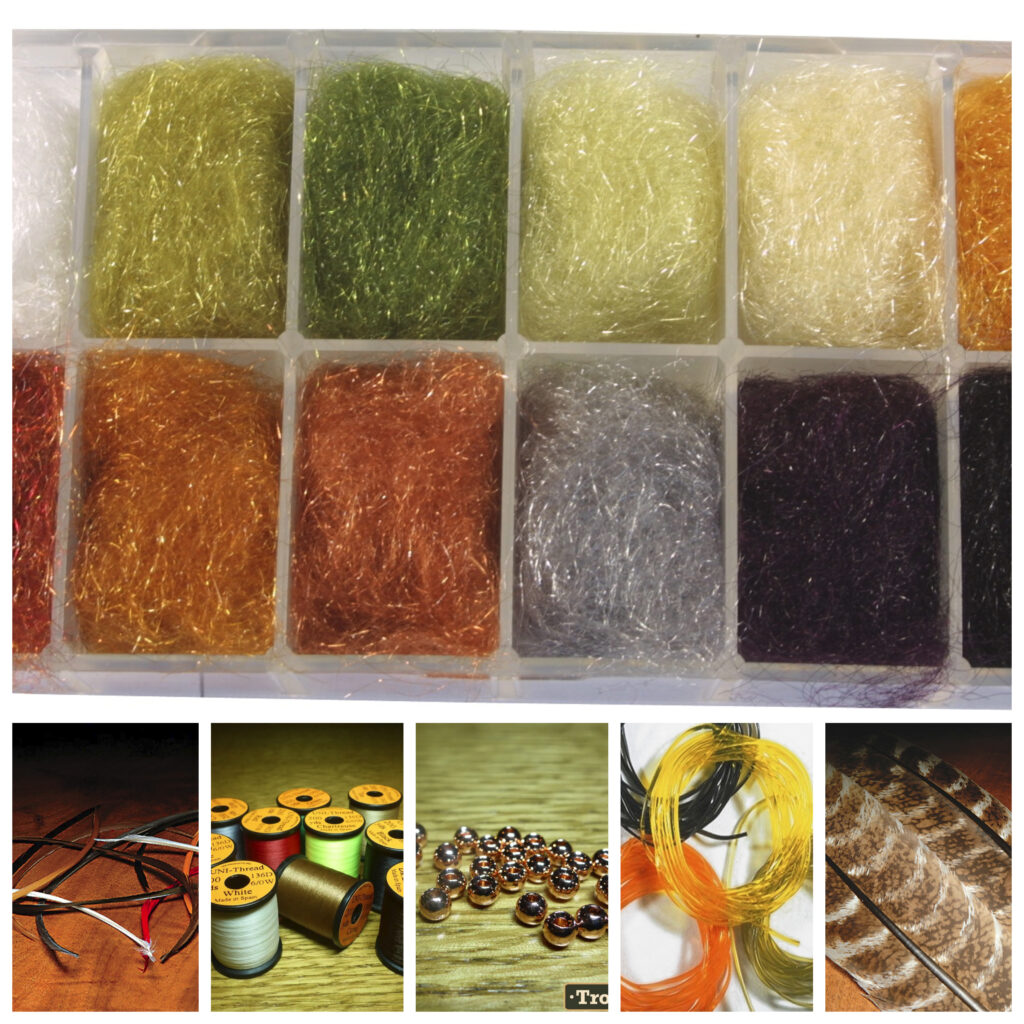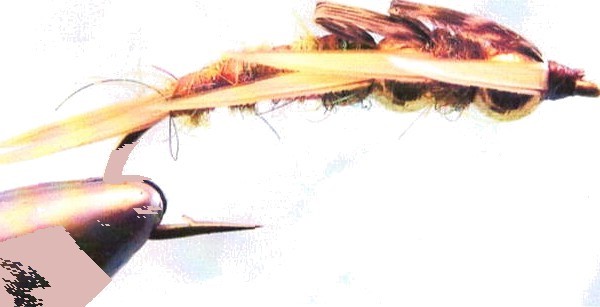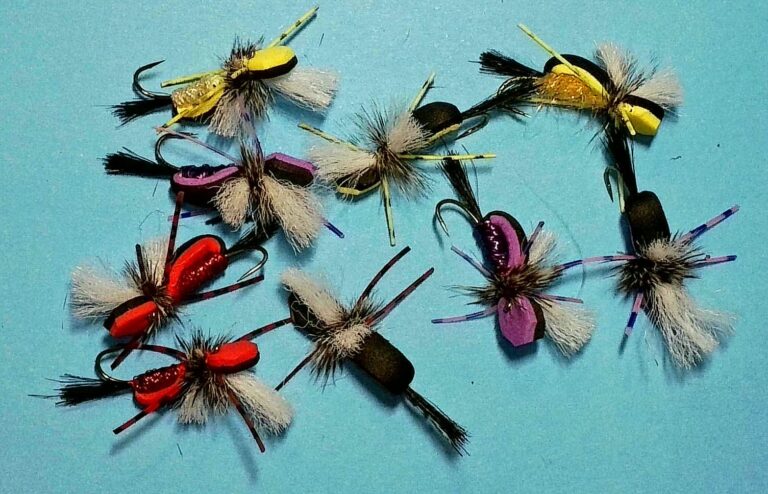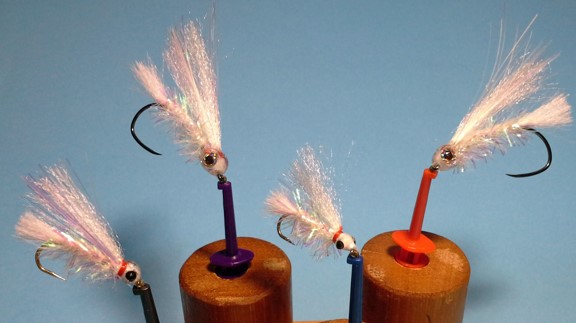By Rick Flink
The double bead stonefly nymph is a highly effective fly pattern used in fly fishing to mimic the natural stonefly nymph. Known for its heavy weight, achieved through the use of two beads, this fly sinks quickly, making it ideal for reaching deep, fast-moving waters where stonefly nymphs are commonly found.
The pattern involves a detailed construction process with materials such as biots for tails and legs, dubbing for a segmented body, and often a specific hook style to create a realistic and enticing movement underwater. This design is particularly favoured for its ability to attract larger trout and other freshwater game fish.
Featured here is Rick Flink’s favourite version of this pattern, as demonstrated on Al Beatty’s Fly Tying Friday, 17 May 2024.
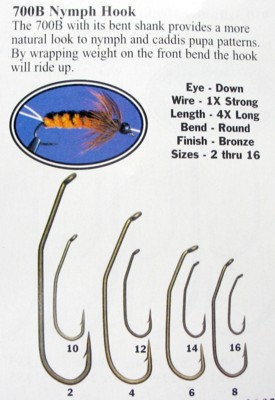
The Double Bead Stonefly Nymph takes a lot of material. There’s one technical aspect I’d like to discuss and that is the hooks. The recommendation was for a TMC 200 size 10 hook, which has a slight curve, but I didn’t like it because it didn’t provide the action I wanted in the water.
A long time ago, I learned to use the DII 700B in sizes 12 to 10 for stoneflies and salmon flies. Unfortunately, DII is no longer around. These hooks had a little crimp near the eye, which made the fly perform interestingly when diving down towards the bottom. Umpqua makes a similar hook, the U106, which comes in various sizes and has a significant bend. I use a pair of pliers to modify these hooks.
The materials list below mentions a rib, which I personally don’t find adds much to the fly. Instead, I use a pen to add colour, trying to represent various colours like orange, golden stone, olive, beaver for a greyish colour, black, and brown. For stiffening turkey quills, I use Krylon Crystal Clear, applying two coats and letting each sit for 24 hours.
Materials
- Hook: TMC 200 Size 10 (3xl curved shank) or Dai-Riki #700B Size 12-10, or Umpqua U-106 Various sizes.
- Beads: Two 5/32 or 1/8 depending on hook size.
- Thread: Depends on the colour of the fly but use 6/0 size.
- Tail: 2 Goose biots to match fly colour.
- Rib: if you choose to use one is body colour V-Rib. I use either a black or brown sharpie to do a stripe on back of fly.
- Abdomen: fur dubbing in the colour you want the fly. Favourites of mine is Olive, Black, Golden and Orange.
- Wingcase: Oak Mottled Turkey treated with a satin clear coloured acrylic spray. I give it two coats, front and back.
- Legs: Two goose biots. Colour the same as tail. This also goes for legs 2 and 3.
